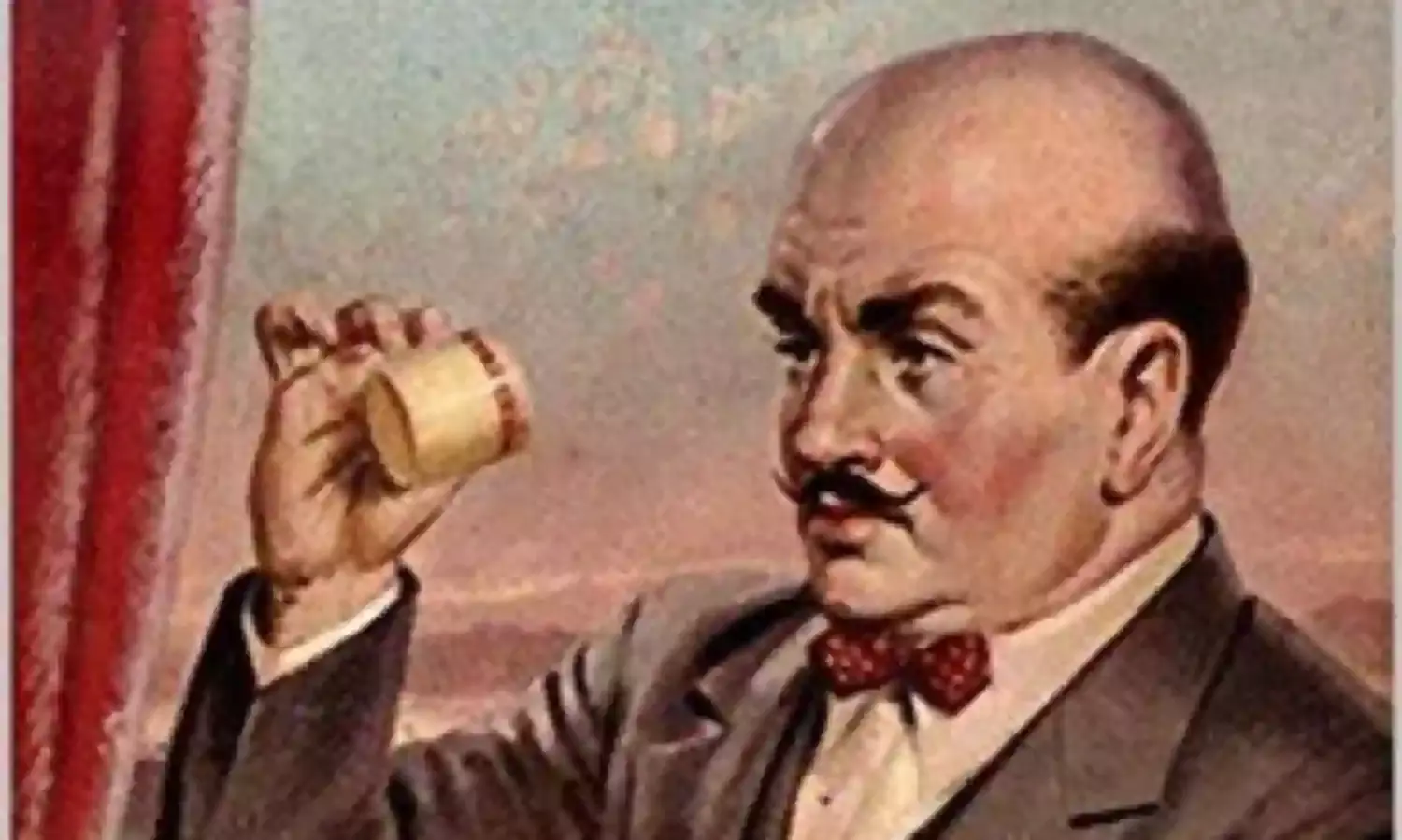All I Could Think Was How to Bring All Those Crooks to Book
Of treasure islands, hounds, and sparkling cyanide

Can we ever forget our first love…? Mine as a kid was Enid Blyton. And even after all these years of being a bookworm, I still don’t mind crawling into bed with her.
What’s cosier after all than the company of Ms Blyton, refreshing those pleasant memories of childhood and reliving her tantalising mystery-adventure stories?
Soaking up Blyton in those young days, I was convinced it was the gutsy kids of Great Britain who solved all the great crimes and scams out there.
It looked like a welcome situation for law enforcement: the juvenile sleuths went about rounding up the criminals, while the cops just went to Scotland Yard to collect their paycheques.
Just like those youngsters, I wanted to be a young find-outer. I didn’t care to go anywhere near my schoolbooks. All I could think was how to bring all those crooks to book. Failing which, I just brought home books about all kinds of crooks…
At the local library, while gorging on a lot of garbage from Erle Stanley Gardner to James Hadley Chase, I also stumbled upon some classics as they are called.
For one, I bumped into a sinister character keen to give me the grand tour of his own chamber of horrors: Edgar Allan Poe.
Surprise, surprise. It turned out there was more to this dude than the dark, spooky, cobwebby side. He was a pioneer, perhaps the first mystery story writer in English, who began a genre that would generate generations of followers.
After all, who doesn't love a good mystery?
Sad to say, alcoholism drove Poe to an early grave in 1849, at the tender age of 40. Exactly eleven years later, Wilkie Collins surfaced with perhaps the first ever detective novel, The Woman In White.
A woman shrouded in mystery to tingle the reader’s spine.
Ah-ha, and just as detective fiction was taking its first uncertain steps, a child was born in Edinburgh: Arthur Conan Doyle.
When he grew up Doyle would be the undisputed trailblazer, setting the standards and the trend for all whodunit fiction to follow.
He’d create the immortal Sherlock Holmes, the famous sleuth who simply refused to die, no matter what!
At one point Holmes’ archenemy Moriarty even hurled him off a formidable cliff, but the master sleuth managed to survive and return to work as if nothing had happened.
How did he do it? Elementary, my dear reader! You see, Holmes had earned so many feathers in his cap through his investigative exploits, he simply spread his feathers and flew to safety.
What a character to be on the vice squad. He was addicted to the vice of cocaine. And he smoked a pipe but ignored the mass-murderer called tobacco under his otherwise very suspicious nose. He played the fiddle, and he made the London mafia so tense they could have easily strummed the guitar on their own taut nerves.
Doyle was a medico who spun his yarns while waiting patiently for patients who munched apples and kept away from the doctor.
And if I have my dates right, around the time Doyle was churning out The Adventures of Sherlock Holmes, a baby girl was born in Torquay: Agatha Mary Clarissa Christie.
No, actually Agatha Mary Clarissa would become Christie only after she married her first hubby, Colonel Christie.
Be that as it may, she'd become my favourite Aunt Agatha. You know what aunts are like. They excel at cooking up stuff: excuses, gossip, your favourite dish.
And Aunt Agatha certainly cooked up something after my heart: delicious murder mysteries, spiced with arsenic or sparkling cyanide.
And, boy, there was no stopping her. She created at least a hundred detective novels, starting with The Mysterious Affair at Styles in 1920.
And yet this busybody aunt found time for a romantic trip to Mesopotamia (now Iraq) where she had her own affair with archaeologist Max Mallowan, who became her second hubby!
I loved Aunt Agatha for her sense of humour when she explained why a ‘stuffy’ archaeologist makes the perfect spouse: because the more aged and ancient his wife grew, the more he took an interest in her!
From Conan Doyle to Christie, from Edgar Wallace to Lawrence Sanders and from Robin Cook to Patricia Cornwell, crime fiction and detection have come an amazingly long way, matching strides with the leaps and bounds in medical science and technologies.
Forensic science, which was relegated to just a corner in law enforcement, is now said to be the cornerstone of crime busting. The hi-tech wizardry of today’s forensics can help yank any elusive criminal out of hat or hiding place.
Having savoured and relished every major writing talent in the genre, from Dashiell Hammet to Dick Francis (my top favourite), I have convinced myself that I would be quite the sleuth.
Give me a murder case that’s got everyone puzzled and cross-eyed, scanning for clues… and I'll crack it.
I know that if a gold-digging young doll claims she was very, very close to her doddering old zillionaire hubby, now deceased, I know she is telling the truth.
She was close enough to him… to push his wheelchair off the cliff!



